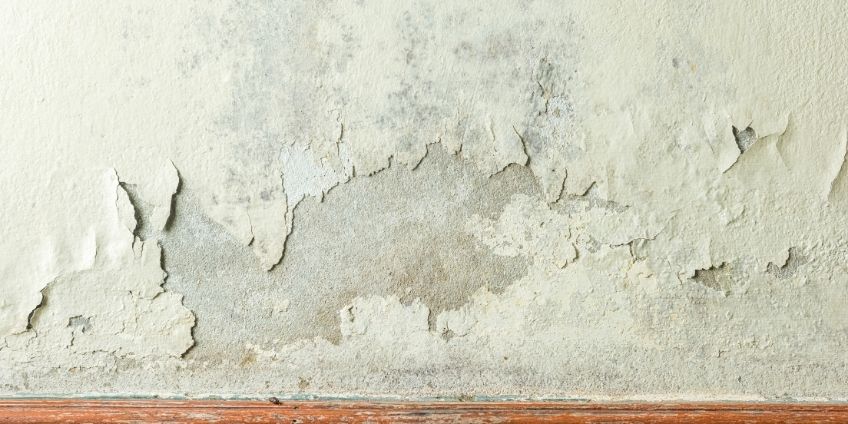Why You Can’t Paint Over Mildew


Most homeowners face it at some point in their life. Perhaps there was a leak in the ceiling or a room didn’t have proper ventilation. Either way, you’re now faced with discolored spots of mildew in the corner of your wall. These unsightly blemishes can be irritating, to say the least. You may feel tempted to paint over them and be done with it, but there are very good reasons not to take a brush to your mildew infestation.
What Is Mildew?
To better understand why you shouldn’t paint over mildew, it’s useful to have a basic understanding of what mildew is. Mildew is a common variety of mold or fungus. It appears as a white or grey powdery substance growing on the surface of objects or walls and has a damp, earthy scent.
While mildew is generally harmless in small amounts, abiding with larger quantities for extended periods can potentially exacerbate allergy symptoms, such as:
- Headache
- Scratchy throat
- Watery eyes
- Runny nose
- Hay fever
- Respiratory issues
Mildew is common on porous surfaces like drywall in areas that are warm, dark, and moist. Basements, attics, kitchens, and bathrooms are especially common hiding places for mold.
Why Mildew and Paint Don’t Mix
The primary reason why you shouldn't paint over mildew is the fact that mildew is technically alive. In other words, when left to its own devices, it will continue to grow. Paint won’t kill it; in fact, it may even feed it. Additionally, a coat of paint creates a warm, dark pocket perfect for mildew to grow and thrive. And the more mildew there is, the more it will irritate health issues and cause unpleasant smells in your home.
How To Handle Mildew in the Home
Assess the Situation
As mentioned, most mildew and mold are harmless. However, if your allergy symptoms have been severe or you believe you have a more serious problem, it may be a good idea to arrange for an inspection. A specialist will inform you of the type of mold, potential causes of the situation, and how best to remove it.
Remove the Mold
If you aren’t going through a remediation specialist, removing mildew involves a few short steps. Once the area is sufficiently dry, scrub the surface thoroughly to remove traces of mold. You can either use a store-bought mold killing solution or a homemade combination of water and bleach, baking soda, or vinegar. Be certain the area is well ventilated while you’re working.
Take Steps To Avoid Future Mildew Resurgence
Once the mold is gone, it’s important to take steps to avoid its return in the future. Remove sources of moisture by sealing windows, fixing faulty pipes, and getting a dehumidifier. Since mold prefers porous areas, opt for one of our high-gloss odorless* interior wall paints when you repaint your walls to minimize the chance of the mold returning.
*Odorless - no traditional paint or polyurethane odor, which can cause headaches, nausea, and respiratory issues.


























